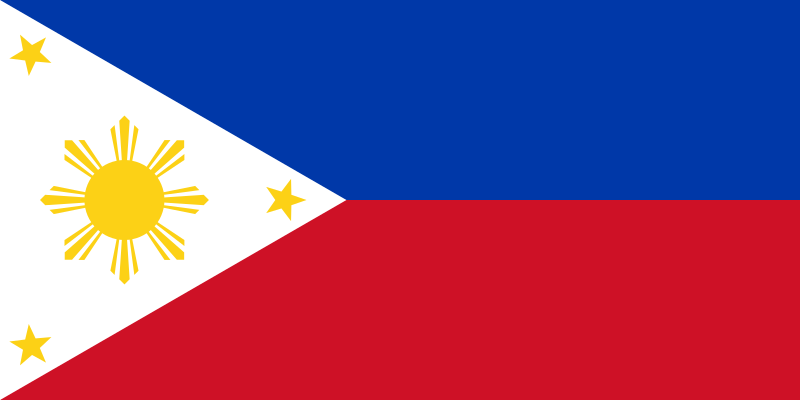An action in the Philippines last week has cemented the country as one of the world’s most progressive ethanol and biofuels markets.
Building on the success of the country’s nationwide mandate to blend gasoline with 10 percent ethanol (E10), implemented in 2013, the Philippines Department of Energy is allowing fuel retailers to increase blending to E20 on a voluntary basis.
“The Department of Energy’s decision to increase the ethanol blend ceiling is a win for the consumers, environment and industry of the Philippines,” said Caleb Wurth, the U.S. Grains Council’s Regional Director for Southeast Asia & Oceania. “The Council and the U.S. ethanol industry are proud partners of the Philippines’s ethanol industry and the Department of Energy as they strive to decarbonize transportation, bolster fuel security and lower pump prices for consumers. We stand ready to assist the Philippines in further ethanol expansion efforts as the Department of Energy aims to scale to a nationwide E20 blend mandate in the coming years.”
The Philippines consumes 1.8 billion gallons of gasoline per year. Ethanol production there has increased nearly 450% since the E10 mandate began in 2013, delivering significant economic benefits to rural communities, alleviating pump prices for consumers and reducing greenhouse gas emissions from the transportation sector by more than 800 kilotons of carbon dioxide annually.
The Philippines and the U.S. have long enjoyed a mutually beneficial relationship throughout the development of the former’s ethanol industry. The Philippines in 2023 imported 55 million gallons of ethanol from the U.S., accounting for 85% of all ethanol imports and 40% of the Philippines’ total ethanol demand. U.S. ethanol imports continue to help lower the average price of ethanol in the country and stimulate further investment in domestic production capacity.
The new E20 policy will immediately increase the potential ethanol demand in the Philippines by 86 million gallons.
Read more about the Council’s work in Southeast Asia & Oceania here.
About The U.S. Grains Council
The U.S. Grains Council develops export markets for U.S. barley, corn, sorghum and related products including distiller’s dried grains with solubles (DDGS) and ethanol. With full-time presence in 28 locations, the Council operates programs in more than 50 countries and the European Union. The Council believes exports are vital to global economic development and to U.S. agriculture’s profitability. Detailed information about the Council and its programs is online at www.grains.org.

